
Small Space, Big Flavor: 10 Herbs Perfect for Vertical Gardens
Growing herbs at home should definitely be on your 2023 goals list. Home gardening is actually way easy than you think! With vertical gardening, you can grow from fruits to vegetables to as simple as herbs! If you're curious about how vertical gardening can help you grow veggies at home, you should check out our post on these topics.
RELATED:
DIY Herb Vertical Garden: 20 Herb Garden Ideas & Designs
10 Vegetables To Grow In Vertical Gardens
As Better Health Channel said, "Consuming herbs may help to prevent and manage heart disease, cancer, and diabetes. It may also help to reduce blood clots and provide anti-inflammatory and anti-tumour properties. Research is ongoing but studies have shown that: Garlic, linseed, fenugreek, and lemongrass may help lower cholesterol."
And we are thinking of all the reasons why we shouldn't grow herbs at home. We cant come up with any! When it's easy, time and money-saving, and low maintenance, there should be nothing stopping you from growing these medicinal plants at home to cook them right away, all in one place.

Herbs are stunning plants that may be used in a variety of ways in the kitchen. Herbs can be grown from seeds, plant starts, or even cuttings. Because there are a plethora of options, we thought we'd highlight some of our favourites. Stop wasting time and get right down to the herbs of the day!
Chives
Many people are drawn to chives by their subtle aroma and mild, onion-like flavour. In addition to its use as a seasoning herb, it has also been widely employed as a decorative element in many different meals. Chives are beautiful, fragrant, and tasty additions to any garden, but they thrive when placed on the highest level of a vertical garden. If you give your chives plenty of water and plenty of sunlight, they will grow quite tall and eventually bloom with pretty purple or white flowers.

Chives are not only incredibly tasty, but they also keep insects at bay. Chopping down on pests without breaking the bank is much simpler and more cost-effective when you grow your own chives instead. Chives are an essential part of any successful vertical herb garden for these reasons and more.

The fact that you can eat both the leaves and the blossoms is a great characteristic of this plant. This herb has a pleasant flavour when used in recipes like egg salad, creamy sauces, and egg scrambles. Leaves can be picked as needed and added to savoury meals. Growing your own fresh supply is preferable for frequent usage because their flavour is lowered when dried. And if things are looking a little drab in the kitchen, you can always construct a chive bouquet and set it on the table. What a tantalising scent!
Mint
Mint is a plant that, once planted in the ground, may quickly expand and cover a huge area. Because of this quality, growing it in a container, where it can't spread, is preferred. Consequently, growing mint in a vertical garden is a great option.

Both fresh and dried mint have their uses in the kitchen and in tea. Fresh is always superior in terms of taste. Peppermint, spearmint and chocolate mint are among the mint flavours available for purchase and take-home. As a common household herb with numerous medical uses, mint is often kept in stock during cold and flu season.

It's a warning that mint will take over! For those who have tried their hands at the growing mint, you know how quickly it spreads and how challenging it is to keep it under control. The harvesting process, though, is a breeze. Naturally, mint has a wonderful aroma and may be used in many different ways in the kitchen and at home. It's a perennial that's also rather simple to cultivate. You should plant mint at the bottom of a tiered planter so that it doesn't taint your other plants.
Parsley
If you want to give your parsley and chives a nice, sunny bath, plant them next to each other in a tiered planter. Keep some parsley on hand; it may do wonders for your kitchen and your teeth.

Flat-leaf parsley and curly-leaf parsley are the two most common varieties. Curly leaf has a stronger flavour and serves as a modern garnish for your greatest dish, but flat-leaf is more commonly employed because of its convenience in cutting and its excellent taste.
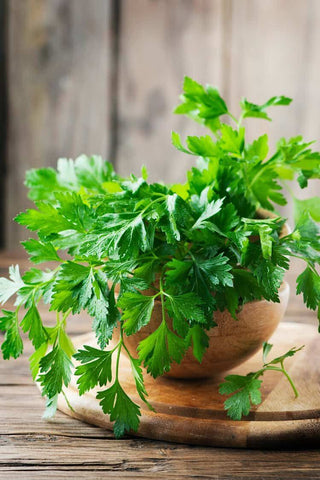
To enhance the flavour and health benefits of your next green juice, try adding some chopped parsley. It has a lovely flavour, and it's also loaded with nutrients and chlorophyll, which are good for you. You may also use this herb in sauces and marinades, or sprinkle it over spaghetti. To help with bad breath, chew on a few sprigs after dinner.
One piece of advice: use the stems! Even the stems can be used in cooking, as they impart a delicious flavour.
Did you know that the vitamin C content of parsley exceeds that of an orange?
Basil
It's a no-brainer to stock your vertical herb planter with basil, as it is one of the most versatile plants. You'll be using it a lot, so it's good to know there are several kinds so you can grow more than one and have options. In addition to its other benefits, fresh basil also has a pleasant fragrance. All day long, you'll find yourself drawn to the kitchen by the tempting scent of anything you've cooked. Despite its preference for damp environments, basil is a hardy herb that can be grown anywhere there is plenty of sunlight. Since it must be brought indoors during the winter, a portable planter is ideal.

There are countless ways to incorporate basil into your diet; one delicious option is to mix your basil with cilantro to create a fantastic pesto. Use the leaves as a garnish for your favourite dish, whether it's pasta, eggs, or a green salad.

Due to the regular maintenance of trimming the leaves, you may find yourself with an abundance. As itself, it freezes well, but you can also purée it with oil and freeze the resulting "ice cubes" to use as a quick, tasty garnish for a midwinter supper.
Thyme
This is a premium herb that requires plenty of sunlight and, as such, belongs atop your vertical garden. Aside from that, it's a low-maintenance plant that needs only a trickle of water per week. One of the best-known flavours of this plant is lemon, but there are many more.

Thyme is a popular herb for seasoning poultry and fish. Various cocktails employ this plant as a healthful element. In the warmer months, you can make minty lemonade with it. When fresh herbs aren't available, you can dry this herb and use it in soups and stews later.

The cheery aroma of thyme in mason jar bouquets is sure to lift your spirits. Thyme's delicate leaves give visual interest to a container garden, and it's one of the most useful herbs in the kitchen. It's a win-win for everyone involved.
Cilantro
Cilantro thrives in partial shade, so you can even plant it indoors in your kitchen if that's where you conduct your herb gardening. One common name for this spice is coriander, and it is most commonly used in Indian cooking.

It has rapid growth but a short lifespan, and its extensive root system necessitates a large planting pot. In contrast to a lot of other herbs, it doesn't regrow quickly after being cut. If you want a consistent source of income, you'll need to grow cilantro in cycles. Many individuals don't care for the slightly soapy flavour of cilantro or coriander. Even though it's difficult to cultivate, the end result is delicious and visually appealing. Mix it into a hot sauce or a salad with cucumbers.

Use the raw leaves as a garnish for eggs or tacos, or blend them with celery, green apple, and lemon for a juice that complements a wide variety of dishes, from eggs to tacos to curries. It's so commonplace that it's even used in pickling. Because of its adaptability, a garden containing coriander will bring many rewards.
Rosemary
Your rosemary will flourish if it is planted in a sunny location with soil that drains well. If you want it to thrive, put it in a vertical garden, where it will have plenty of room to stretch its roots.

The benefits of growing rosemary are numerous. To begin, it is a perennial, meaning it returns each year (and in many areas, it stays green year-round). This herb has a strong aroma and can be grown successfully in vertical gardens. It's easy to cultivate and has sturdy stems. Growing this from seed can be time-consuming, so it's probably best to just buy a starting plant.

There is no end to the uses for this plant, and the scent of fresh rosemary is soothing on its own. Mix it into tea and enjoy its many health benefits. Simply arranging some sprigs in a vase can provide an elegant focal point for any meal. Candles and potpourri produced at home can smell much better if fresh rosemary is added to the mix.
Lavender

Lavender, a versatile herb beloved by bees, has many uses. Because of its unique and irresistible aroma and the gentle lilac shade of its little leaves, this has been used mostly in the manufacturing of essential oils, and it will fill the area around your home with tranquilly and magnificent beauty.

Lavender has several uses, including as a culinary herb, a soap ingredient, or simply as a decorative plant. The purple blossoms look great both in a garden and in vases.
Dill

In contrast to its delicate appearance, dill is a very resilient herb. This plant prefers full light and good drainage. However, it can also thrive when exposed to direct sunlight. Perhaps a different herb would do better at the very top of the planter. Dill is a low-maintenance plant that yields tasty results with little effort on your part. Though dill doesn't belong to the perennial plant family, it does regrow every other year (a biennial).

All the different kinds of dill require the same basic upkeep. The weather, available room, and purpose of your endeavour should all influence your final decision. Some are hardier and don't bolt as easily, while others are more tasty and fragrant.
Oregano
Oregano is a multipurpose herb that goes well with a wide variety of meat and fish meals, as well as anything that might contain those ingredients. This beautiful herb is also a great addition to tomato-based sauces. This is an extremely potent herb, and its uses extend far beyond simply being sprinkled on pizza. Of course, that's already a good enough reason to incorporate oregano into your vertical garden setup.

It has several uses, from deterring pests to acting as an excellent medicinal herb. Clearing up acne, calming inflammation, and alleviating the aches and pains of the common cold and flu are all within its therapeutic remit. Teas brewed from this herb are popularly used to treat gastrointestinal issues and inflammation. The plant's oil is thought by many to have anti-inflammatory, anti-viral, and wound-healing properties.

Oregano is perfect for a vertical garden since, given the chance, it will flourish. It must be grown in a very large pot and watered thoroughly only when the soil is absolutely dry. If given the proper attention, it will continue to return year after year.
Sage

Make sure the container drains well so the soil doesn't dry out, and grow this herb high up in your vertical garden to maximise its exposure to light. Thanks to this shrub, pollinators such as butterflies and hummingbirds will flock to your yard. Sage requires full light and soil that is either medium-dry or well-drained. This means that it will thrive in the planter's highest possible location. Perennials are plants that return year after year, provided they are given the right conditions.

Sage can be used in a wide variety of contexts. Put it on your eggs while it's still fresh. Use butter or oil to infuse the cooking liquid. You may make a refreshing juice by juicing cucumber and lime. The chicken with the sour cherries and the apples would benefit from the addition of sage. For a fresh start in a new home or apartment, dry the plant and burn the leaves.
Finally, our top picks are complete. Herbs are great to tend to, and they should be included in any garden where food is grown. Herbs are some of the easiest plants to grow, and they have a long history of successfully deterring pests from nearby food gardens. In order to ensure the success of your food plants, it is recommended that you provide ample sunlight and adequate watering. If you want to keep your harvest plentiful, cut off no more than a third of the plant at a time. Create a garden that is both aromatic and visually appealing by combining your favourite herbs in unique ways.
Which herbs do you like to grow the most? Post your thoughts below!


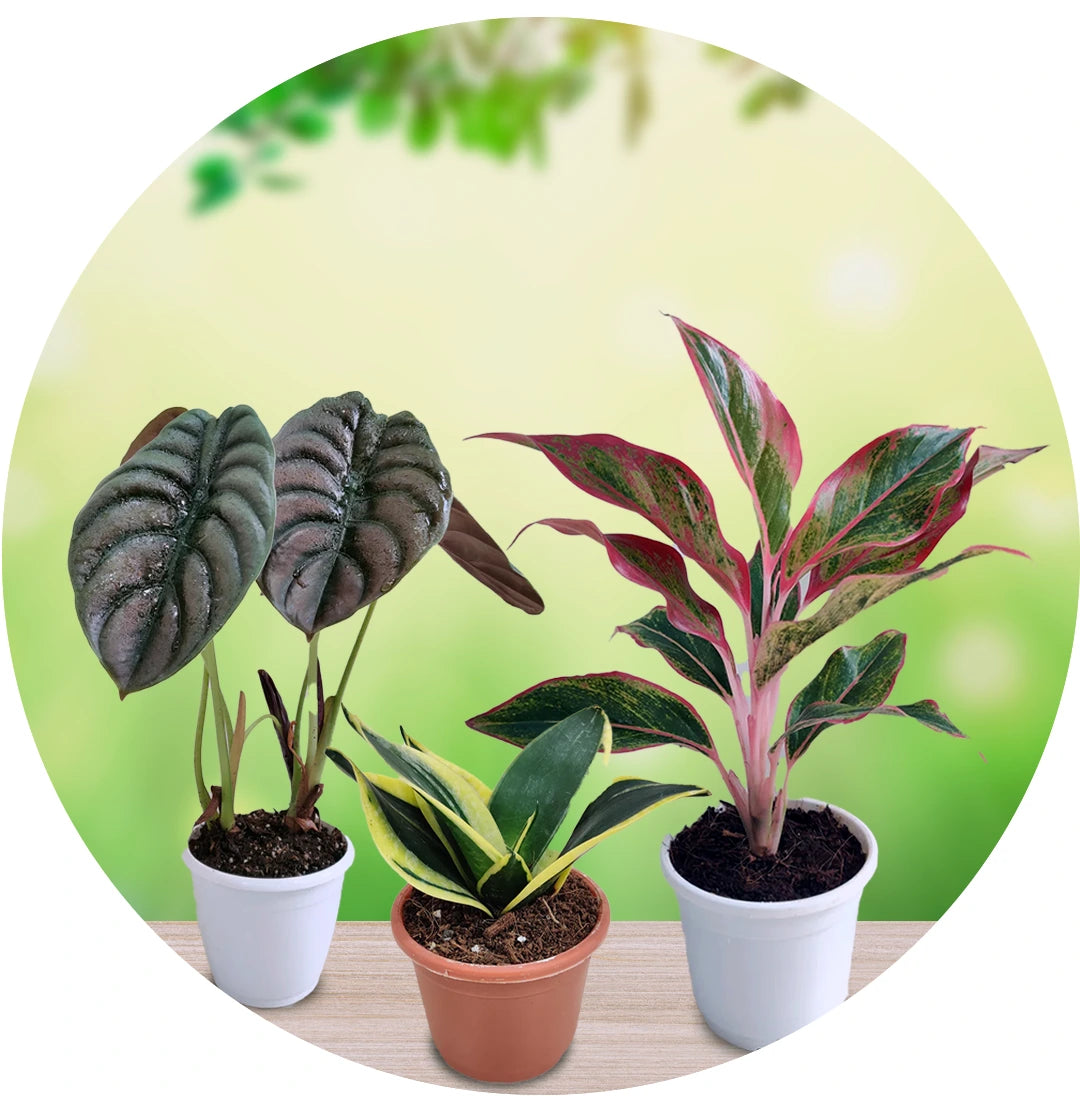
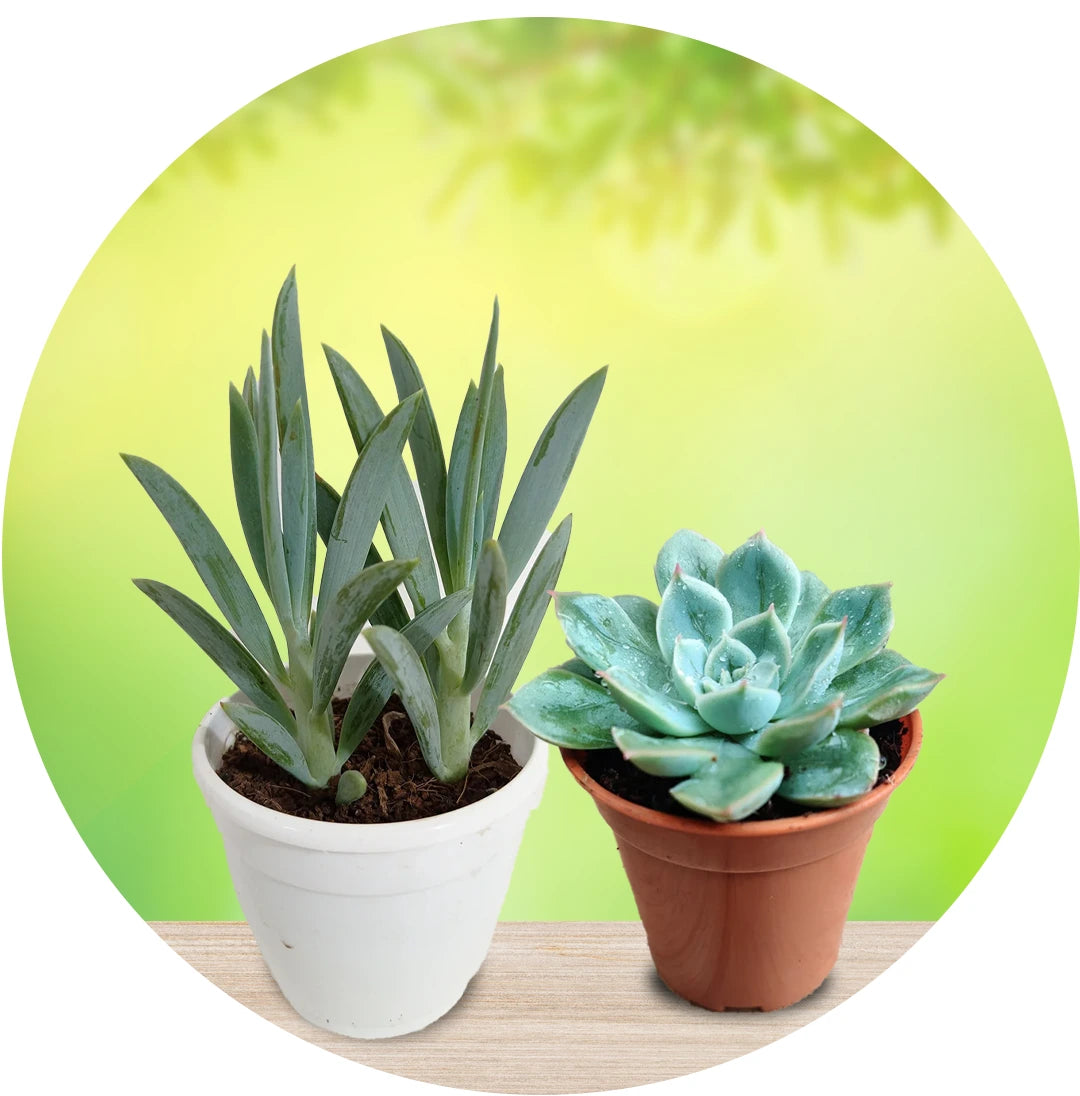
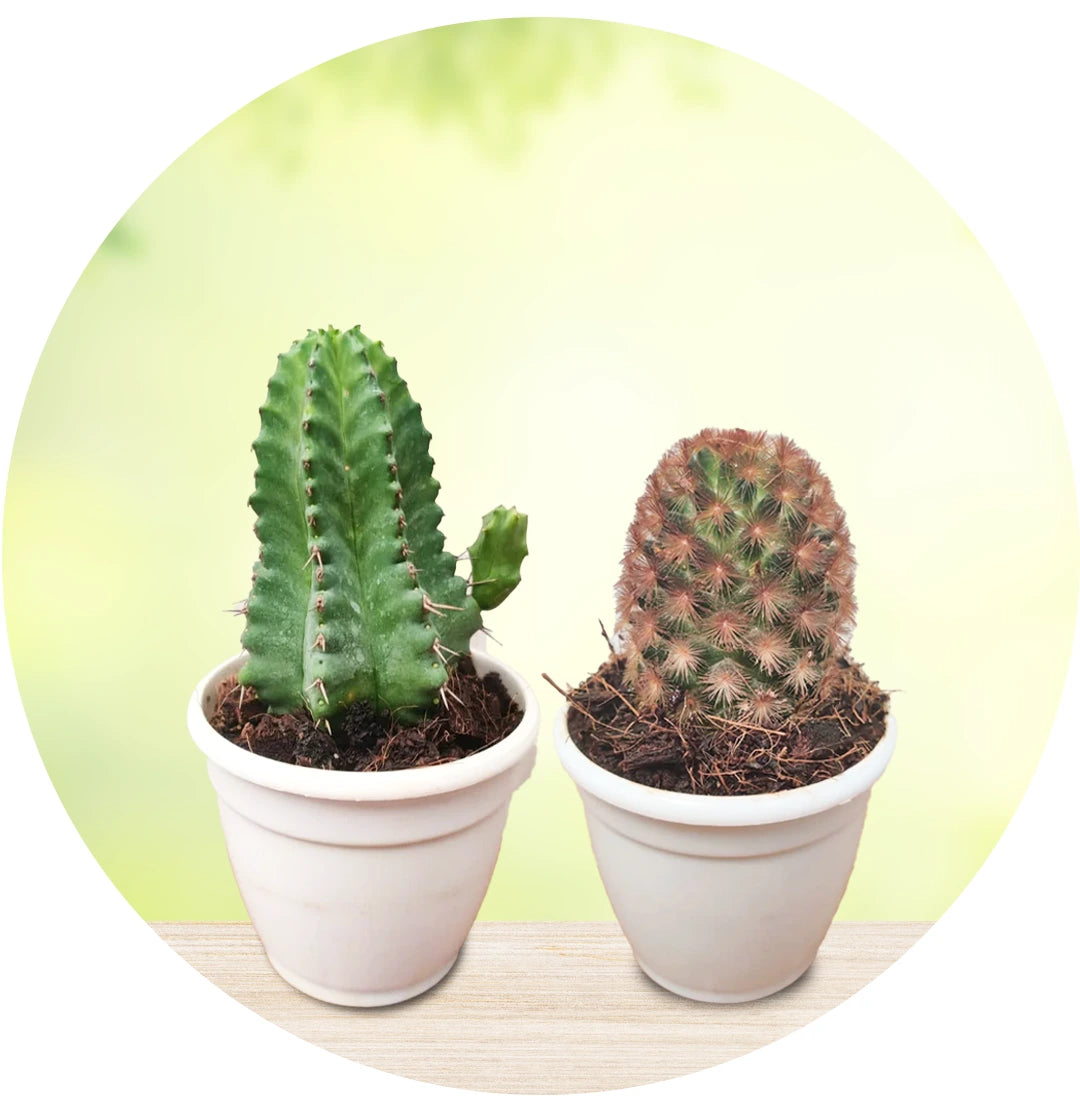
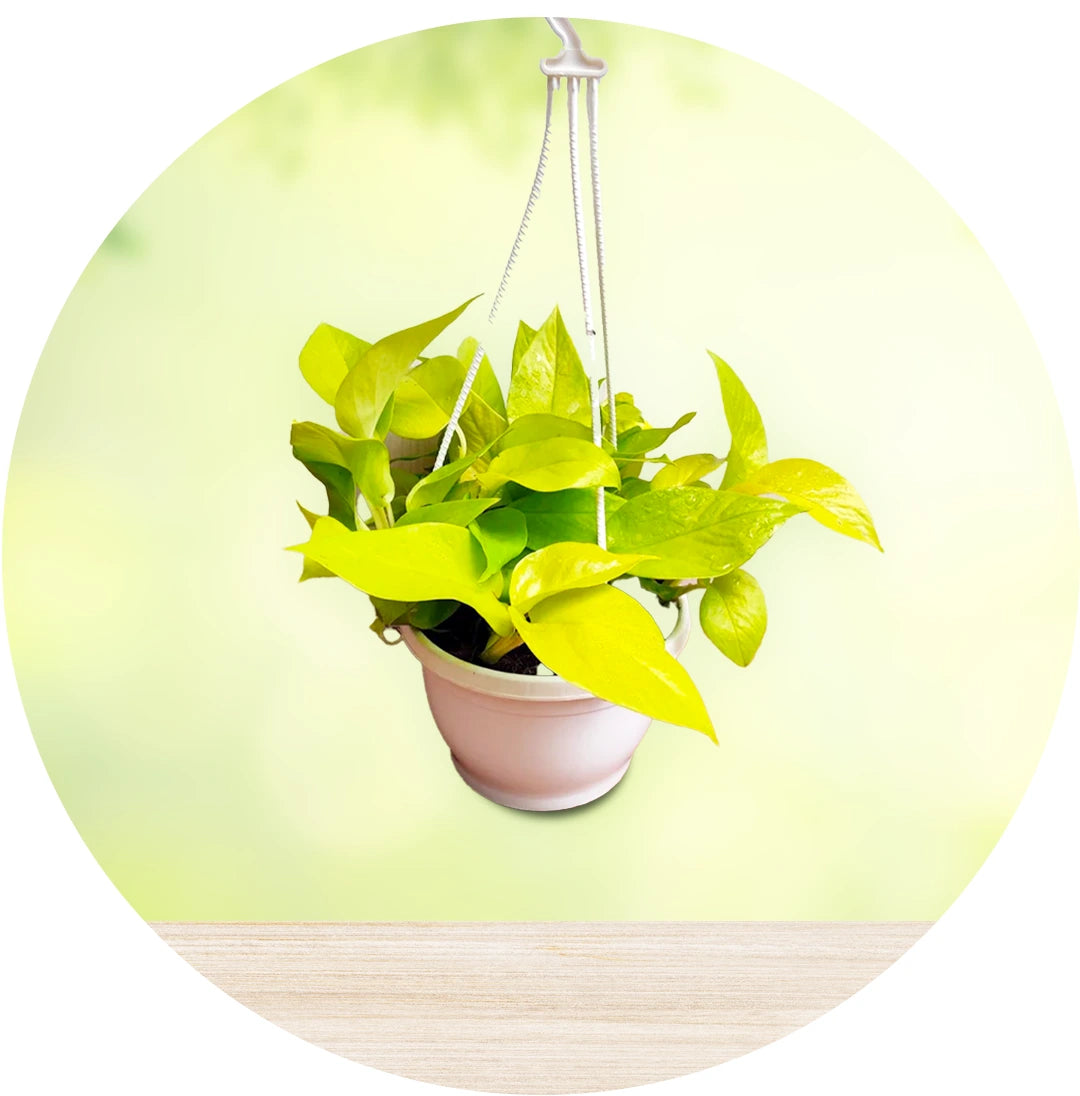
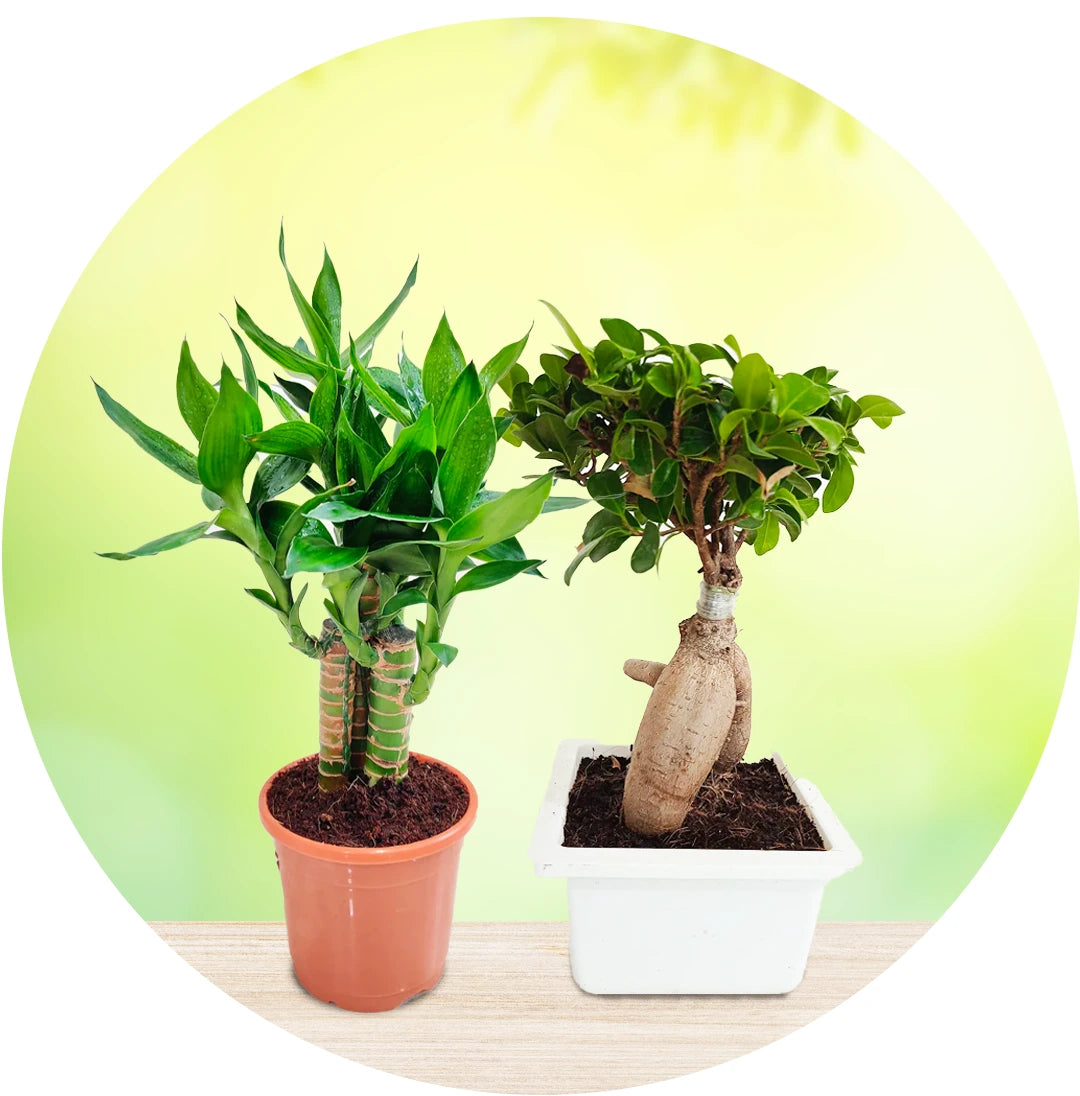
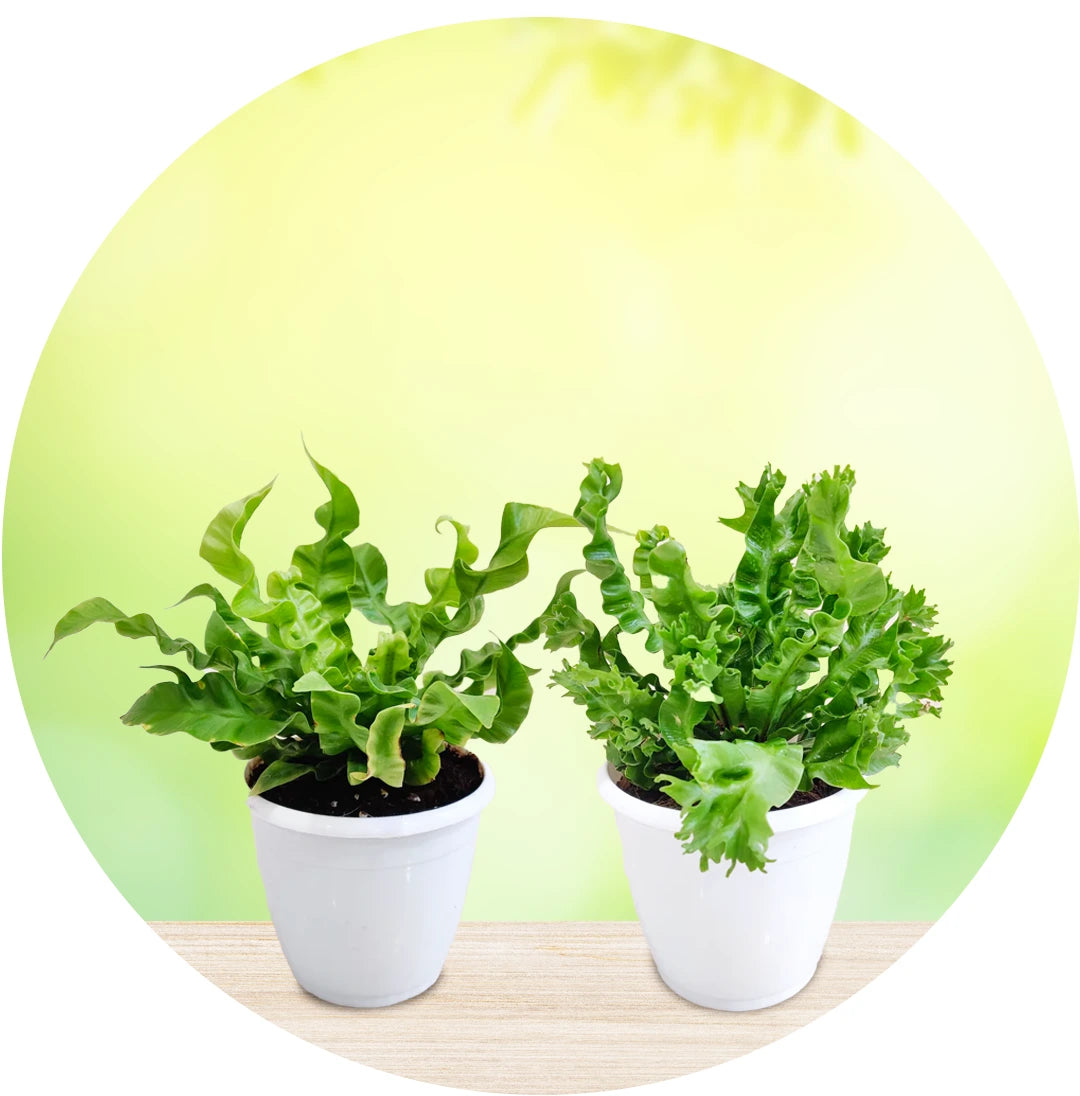
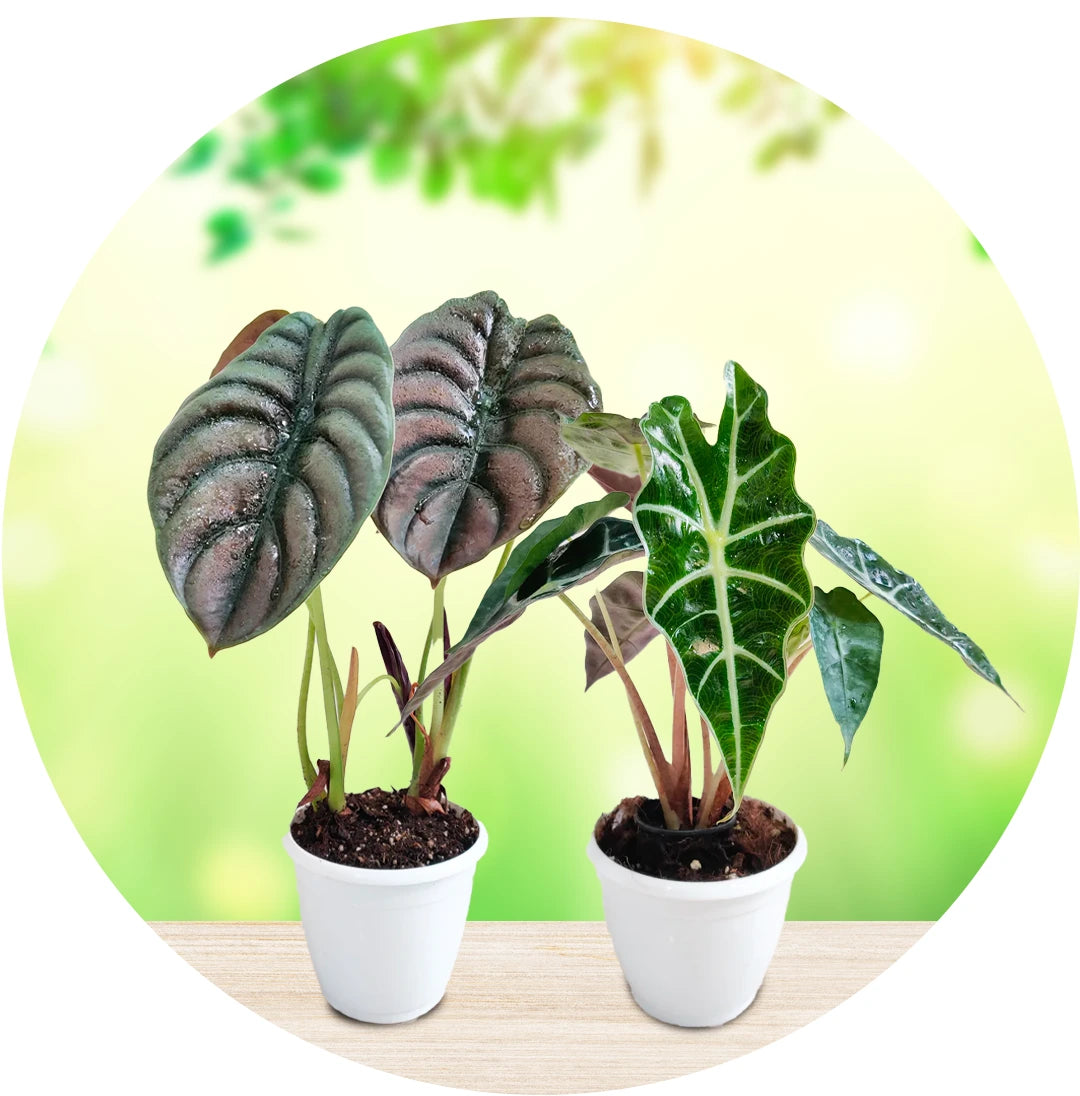
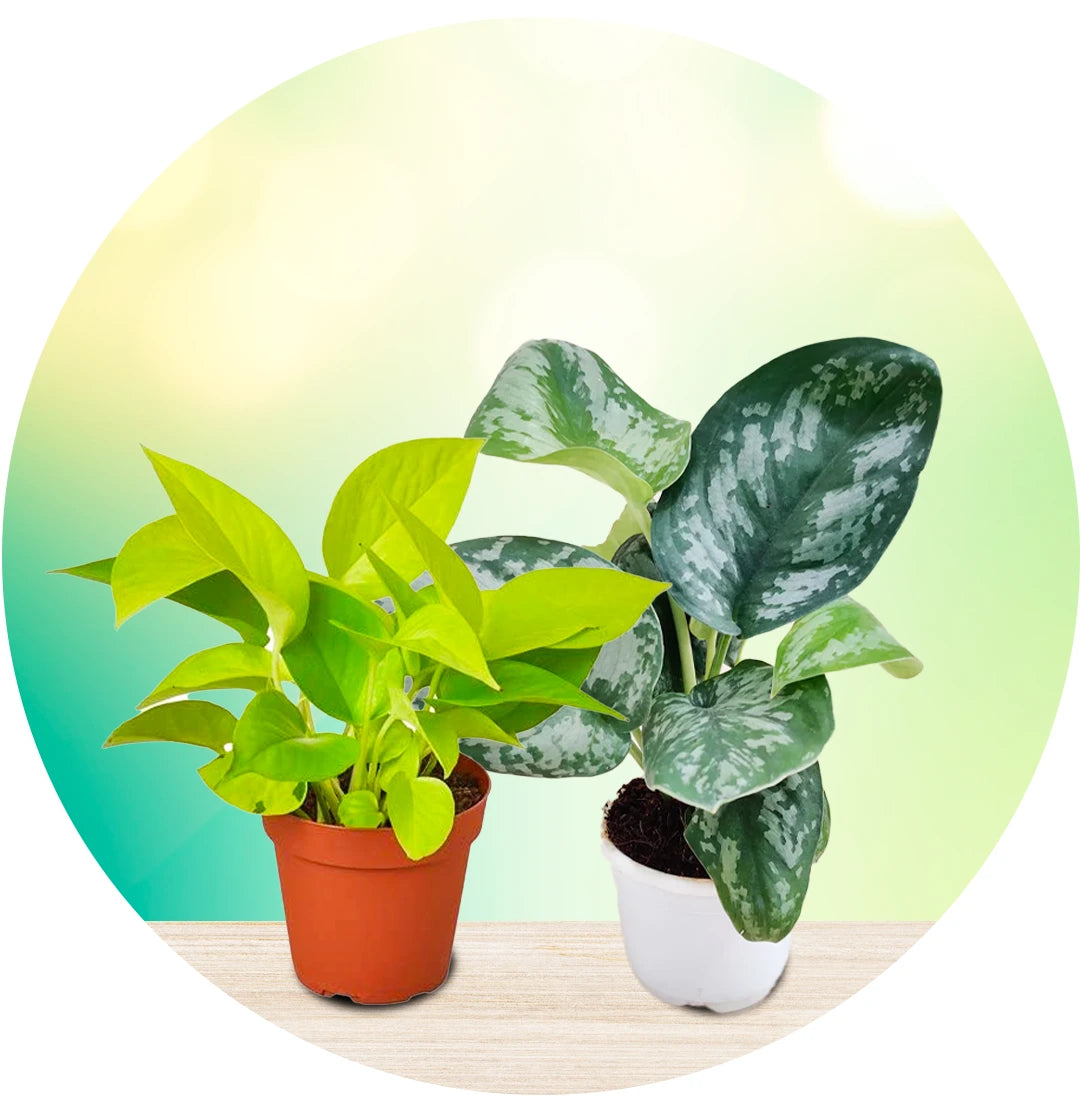
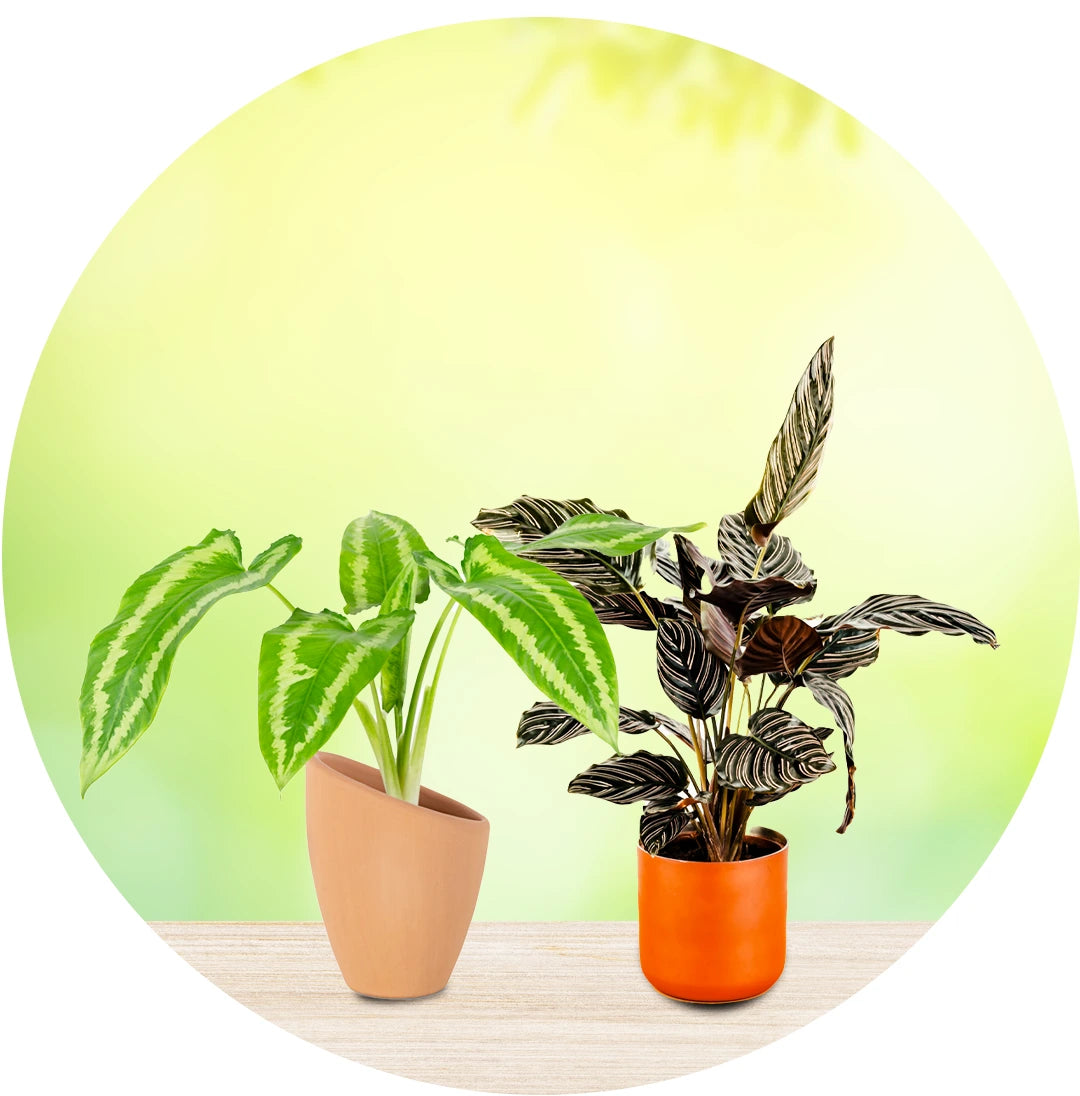
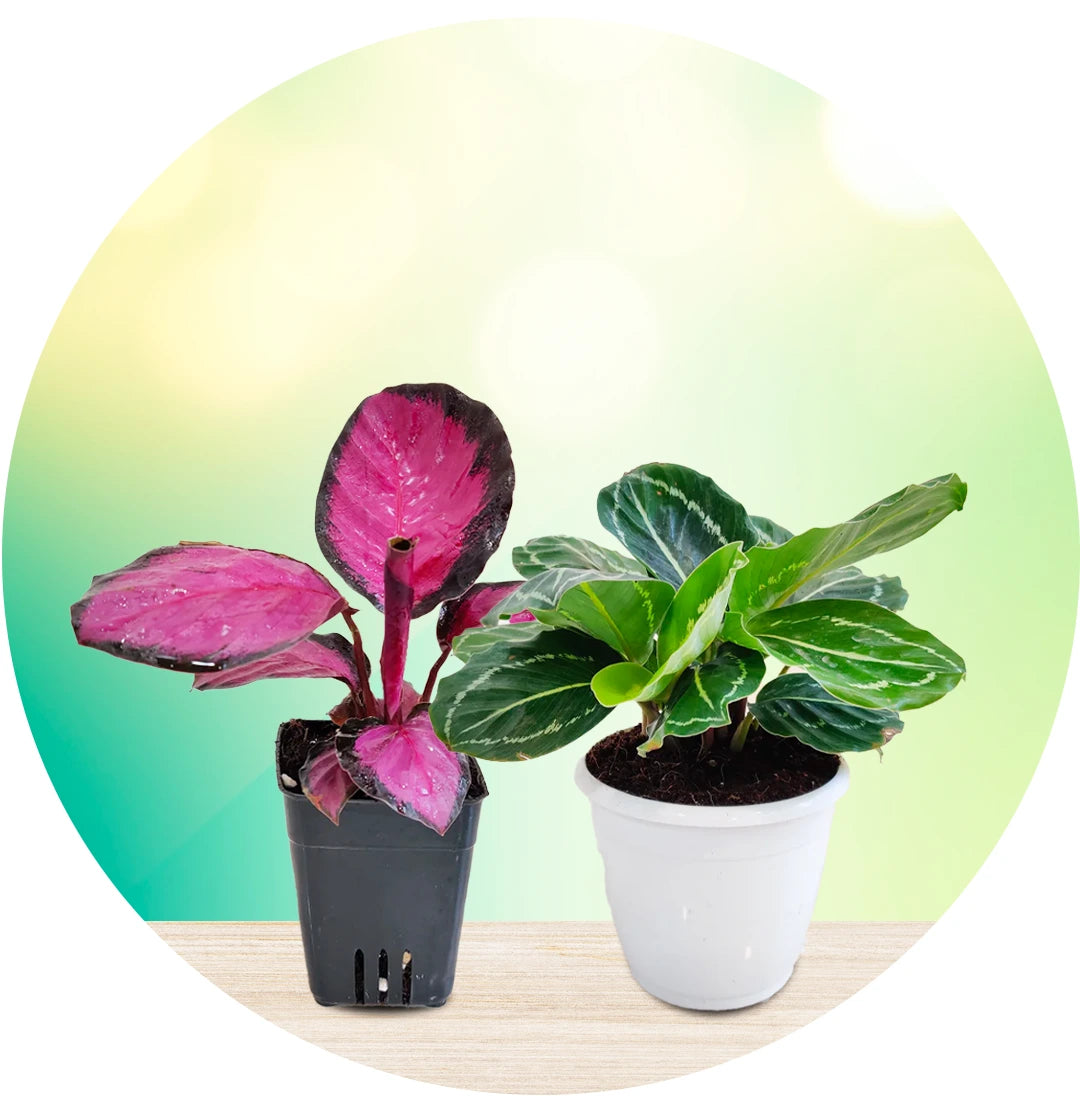
Leave a comment